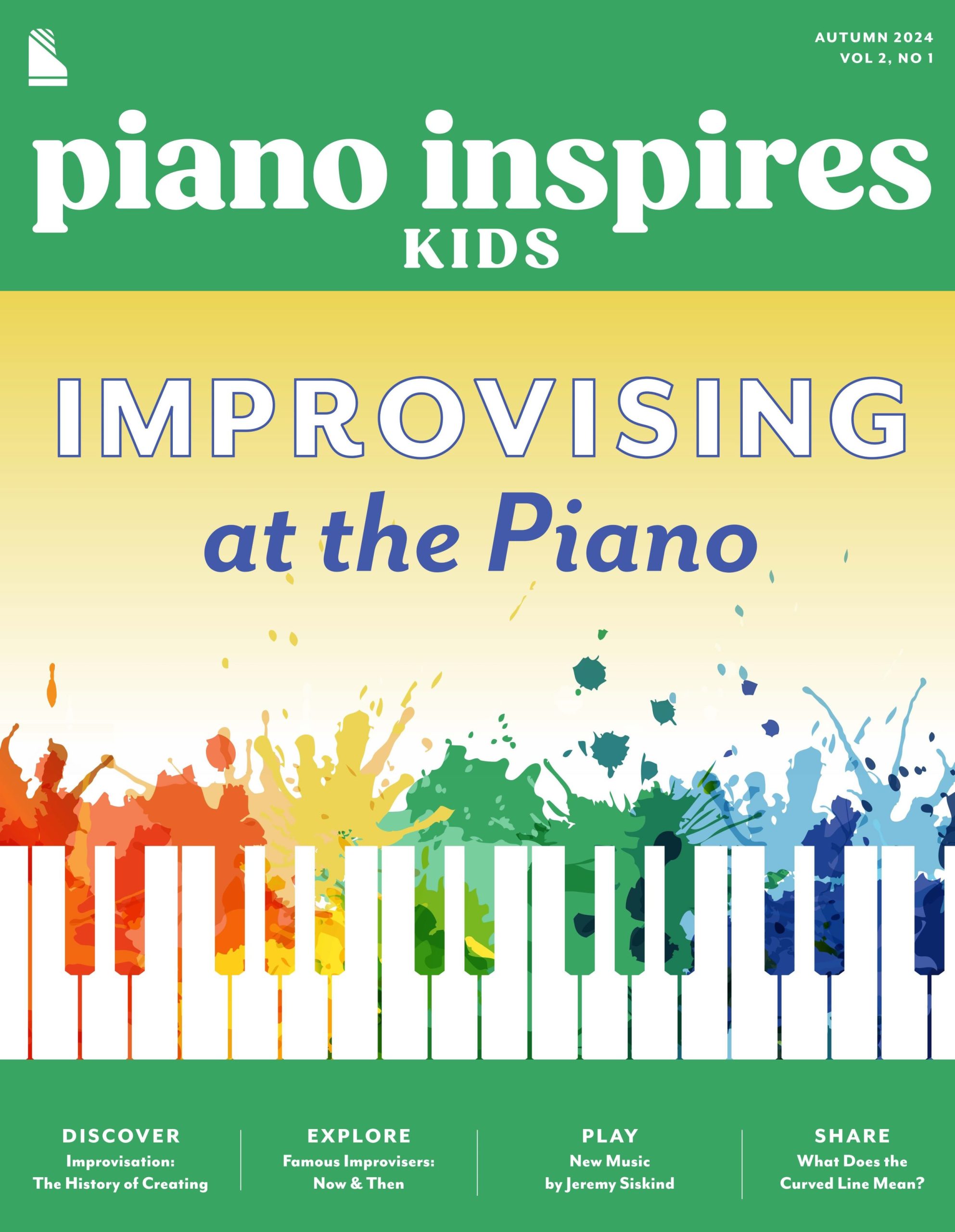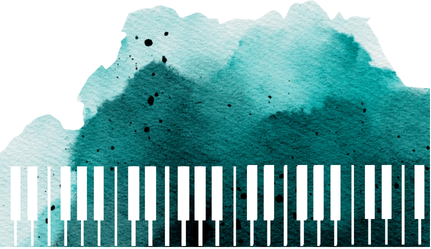
Florence Price’s Piano Sonata in E Minor won the Wanamaker composition prize in 1932, and Price was the first African American woman to win this prestigious award! The word “Afro Romantic” was created to describe her compositional style, which was a combination of African American and Romantic styles.
What is a Sonata?
A sonata is a work that usually consists of two to four separate movements (pieces), each with its own unique character. Sonatinas have the same structure as sonatas but are typically not as lengthy or difficult.
Individual movements in a sonata can be written in sonata form. This form, which contains three distinct sections, has been used by composers since the time of Mozart and Beethoven. Florence Price used sonata form in the first movement of Piano Sonata in E Minor. The three sections are:
Exposition:
The main themes (melodies) are introduced. You may also hear a slow introduction, transitions, and closing themes.
Development:
This middle section “develops” the themes from the exposition. The composer may write the themes in new keys and articulations, even writing them upside down or backwards!
Recapitulation:
This is the final section. The main themes are brought back in their original form and key. Closing themes and a coda, which brings the piece to an end, can also be included.
Listen to Karen Walwyn’s performance of Piano Sonata in E Minor movement one, Andante-Allegro. Using the guide below, follow the journey through sonata form.
For a complete listening guide, visit kids.pianoinspires.com/explore/activities.
1:48
The exposition begins with a slow introduction marked Andante.
2:55
The first Allegro theme begins with repeated notes and thirds. Listen to the way the performer clearly voices the opening melody
6:59
Walwyn brings out the left hand motives in the development to show the relationship between the development and the exposition. Price explores many different keys during the development, moving away from the original key of E minor.
8:57
The recapitulation brings back the main theme in the original key of E minor. While many sonatas remain in the home key for the remainder of the recapitulation, Price explores other keys—even surprising us with the key of A major!
12:02
The coda brings back the home key of E minor. Walwyn’s performance is wonderfully expressive throughout!
Want More Inspiring Content?
Join our community of inspired music makers. Subscribe to Piano Inspires Kids and explore the world through the music, cultures, and people that connect us to one another.
Follow us on social media!

Like this article?
This content is excerpted from the Autumn 2024 issue of Piano Inspires Kids.
Discovery Blog
Announcing: 2026 Video Game Composition Contest
In video games, the main character often has its own theme song that compliments its personality. Create your dream video game character—someone or something original with its own personality and story—and compose a theme song. Winners will be featured in the Summer 2026 issue of Piano Inspires Kids.
Continue Reading Announcing: 2026 Video Game Composition Contest
Reader Poll: Are Books Better than Digital Scores?
Have your students ever dreamed of composing music for movies? Now’s your chance! With our 2025 Piano Inspires Kids Composition Contest, young pianists can take on the exciting role of a movie soundtrack composer.
Continue Reading Reader Poll: Are Books Better than Digital Scores?
Follow us on Instagram!
See more inspiring content on our Instagram page @pianoinspireskids!Whether you’re a parent, teacher, or music enthusiast, @pianoinspireskids offers a vibrant collection of tips, performances, and educational content that will ignite a love for the piano in kids of all ages. Join the community today and be part of a movement that’s inspiring pianists around the world! Like this…

